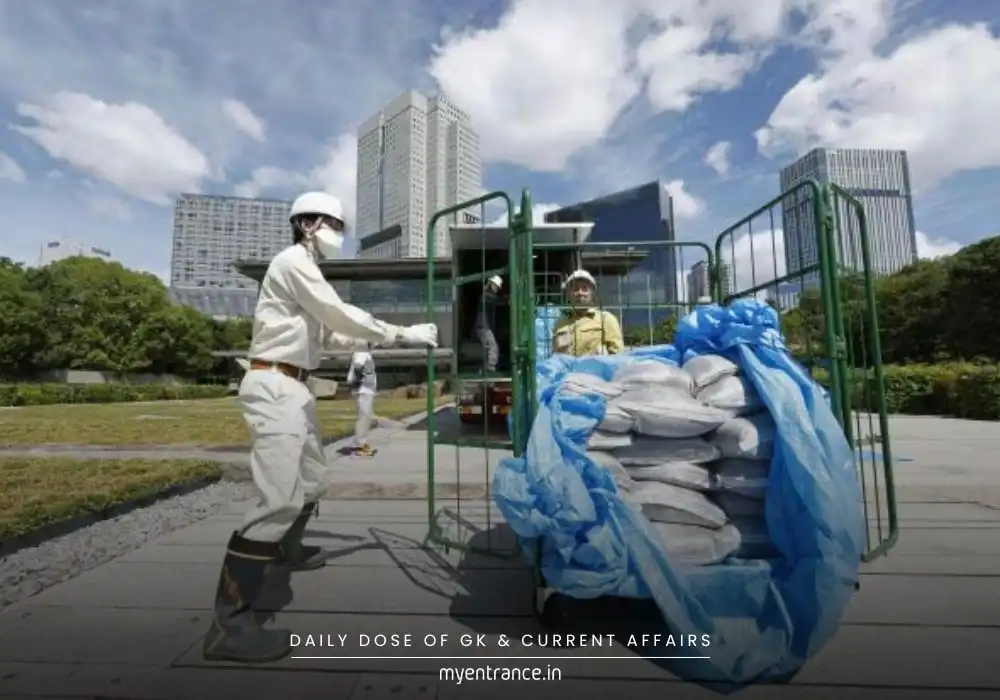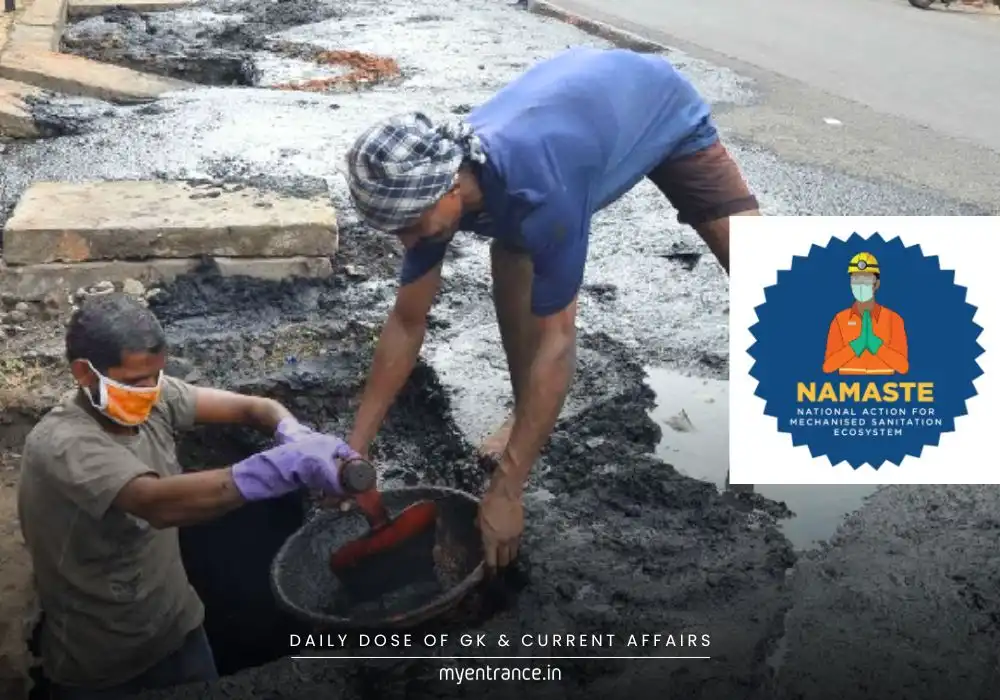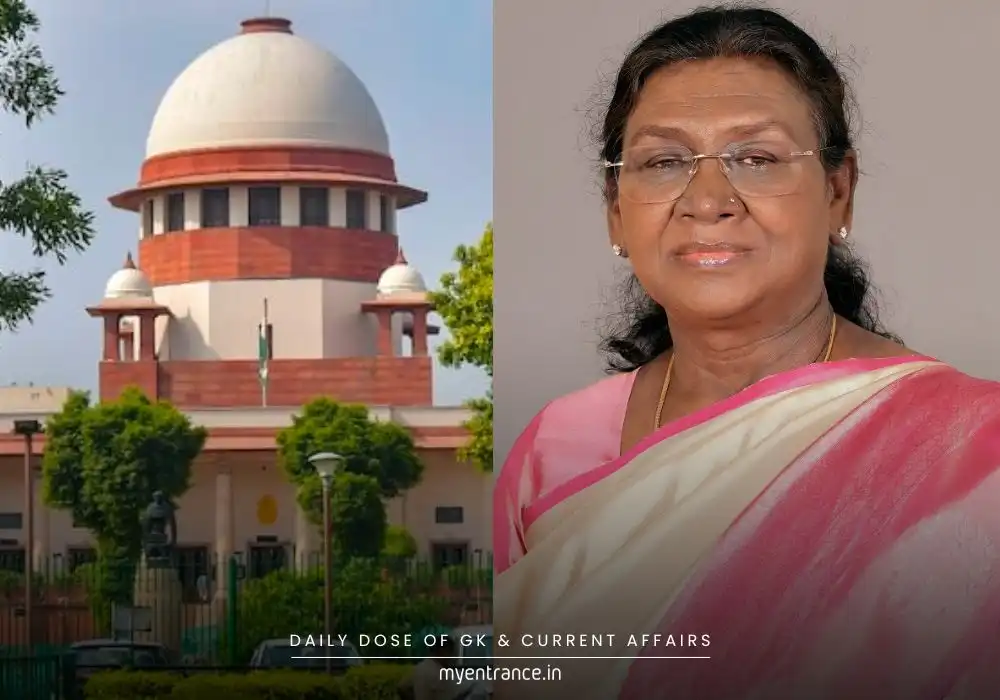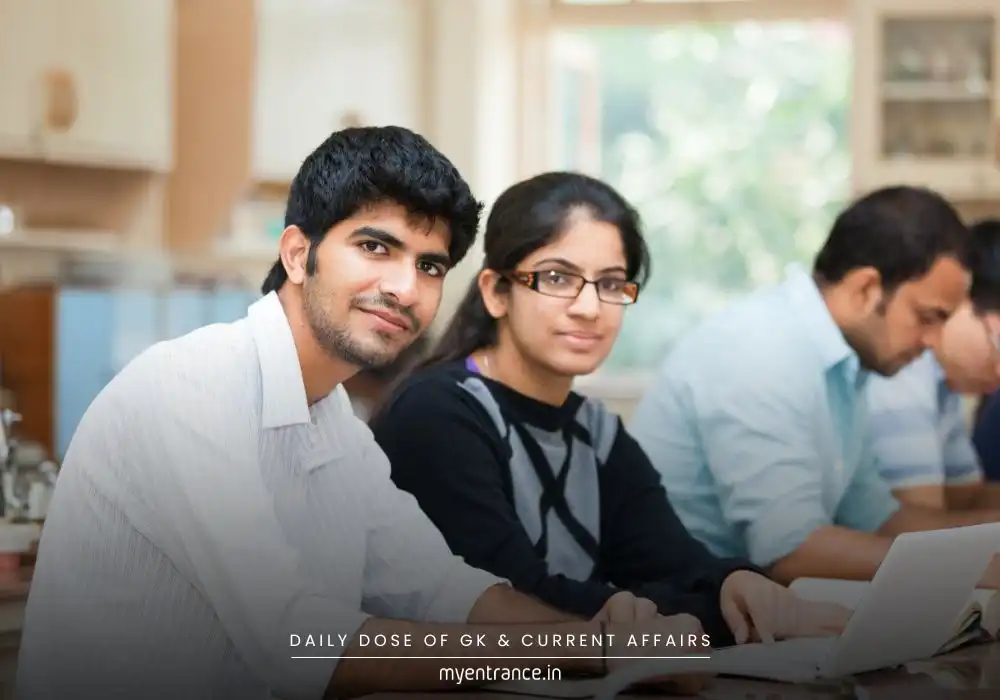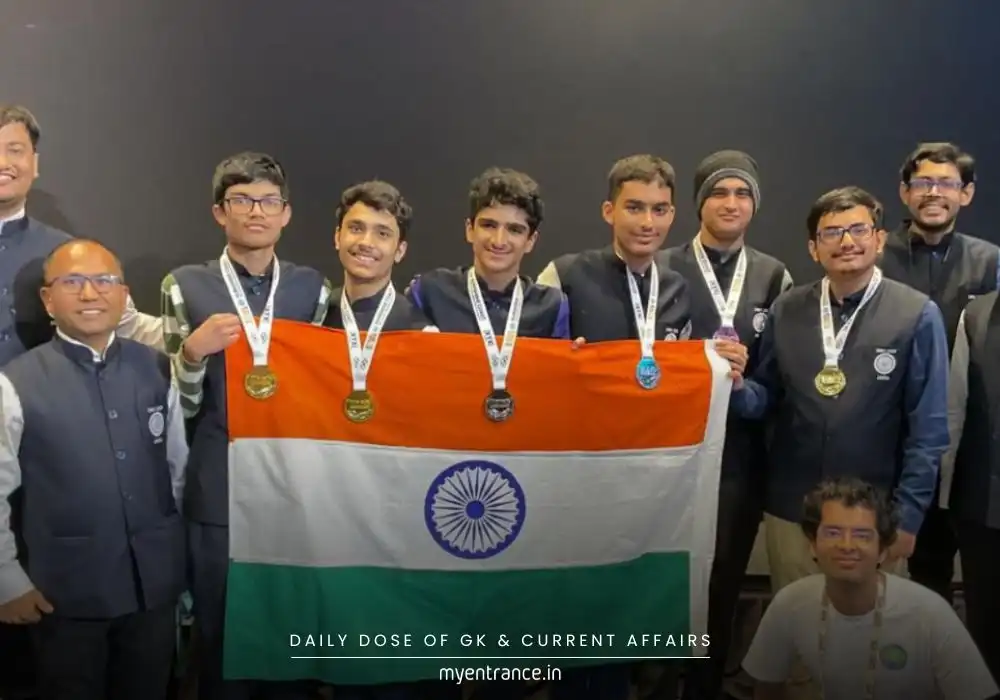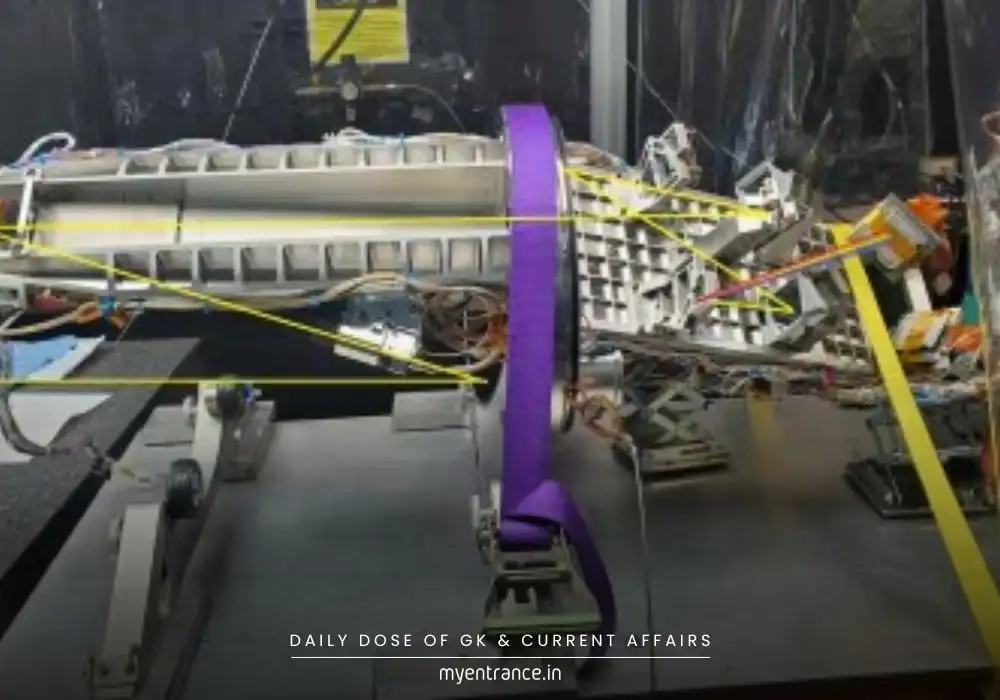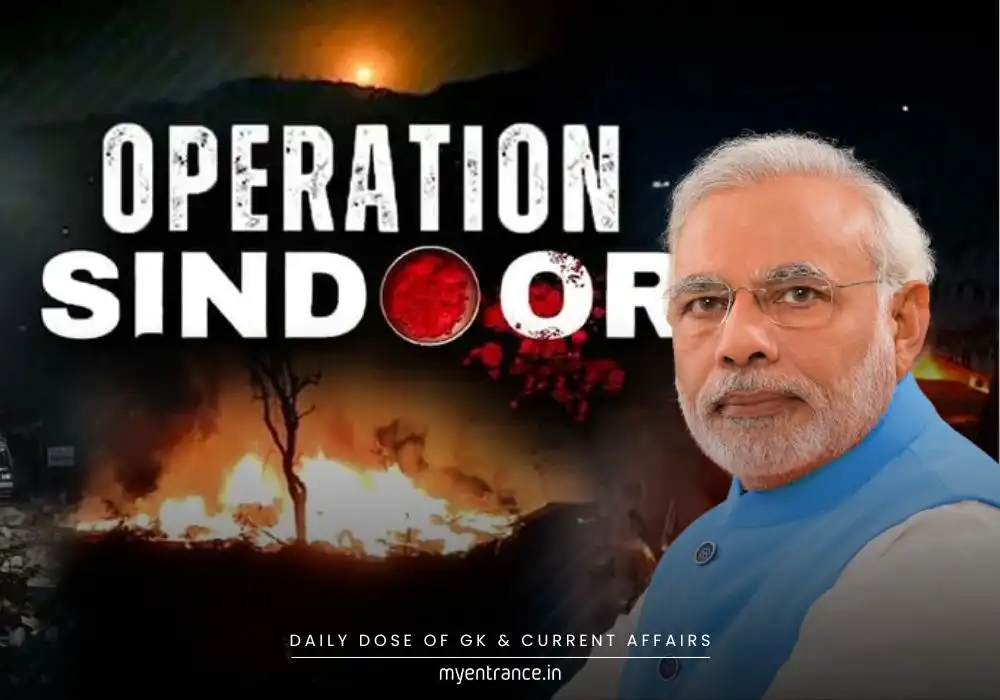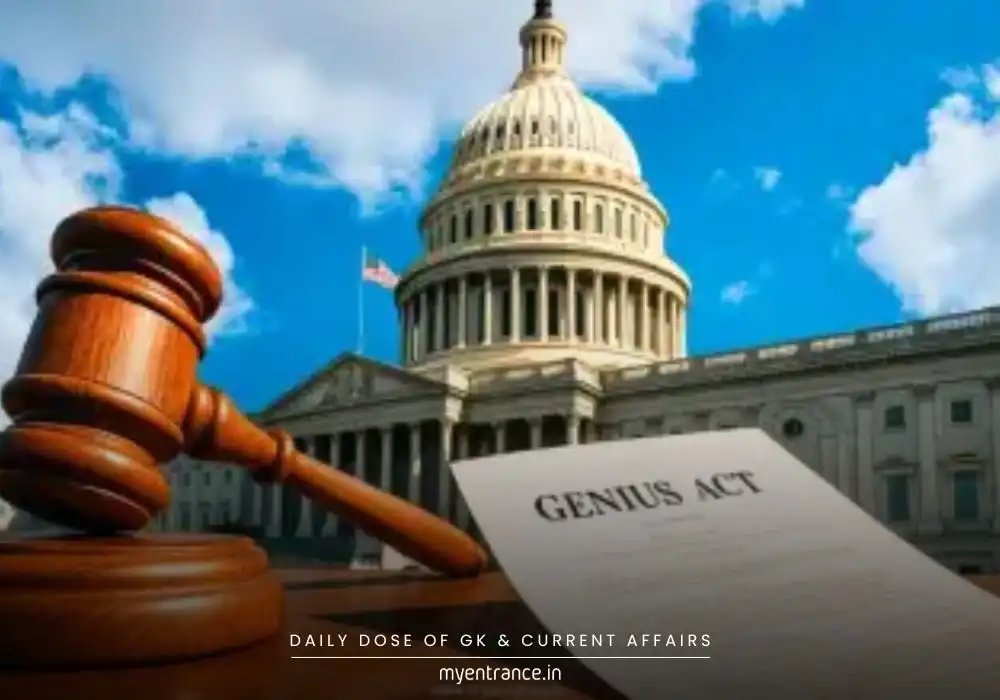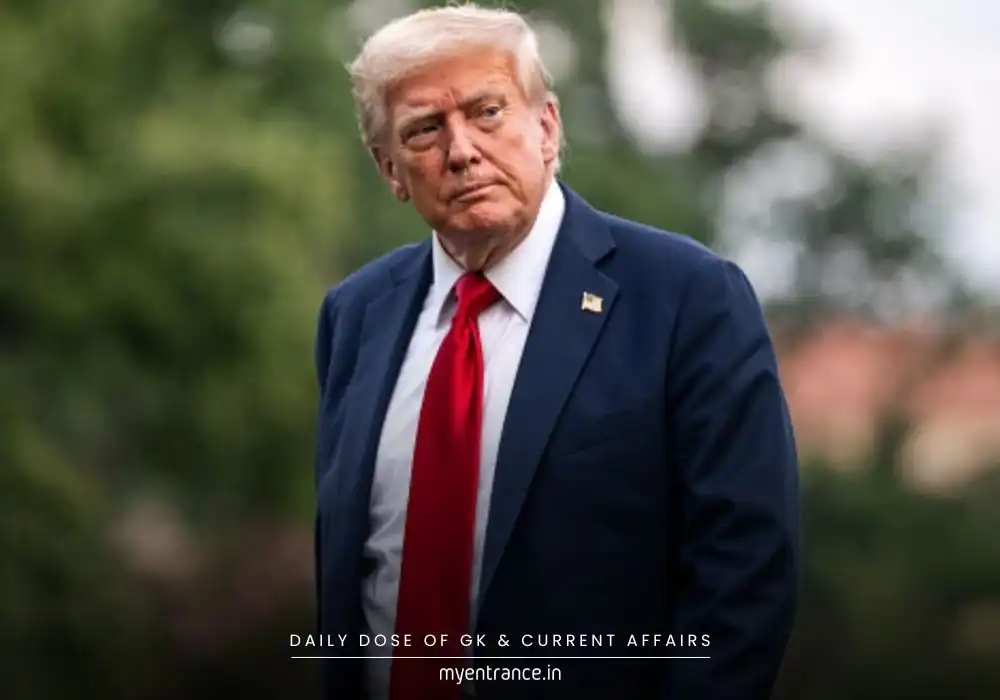Translate Language
South India’s Hindi Story: What’s Hidden Behind the Political Debates?
While recent debates frame South India as resistant to Hindi, the language has a rich, non-political history in the region. Driven by Gandhi’s vision and cultural exchange, Hindi’s growth here is more organic than imposed. Understanding this journey is vital for competitive exam aspirants.
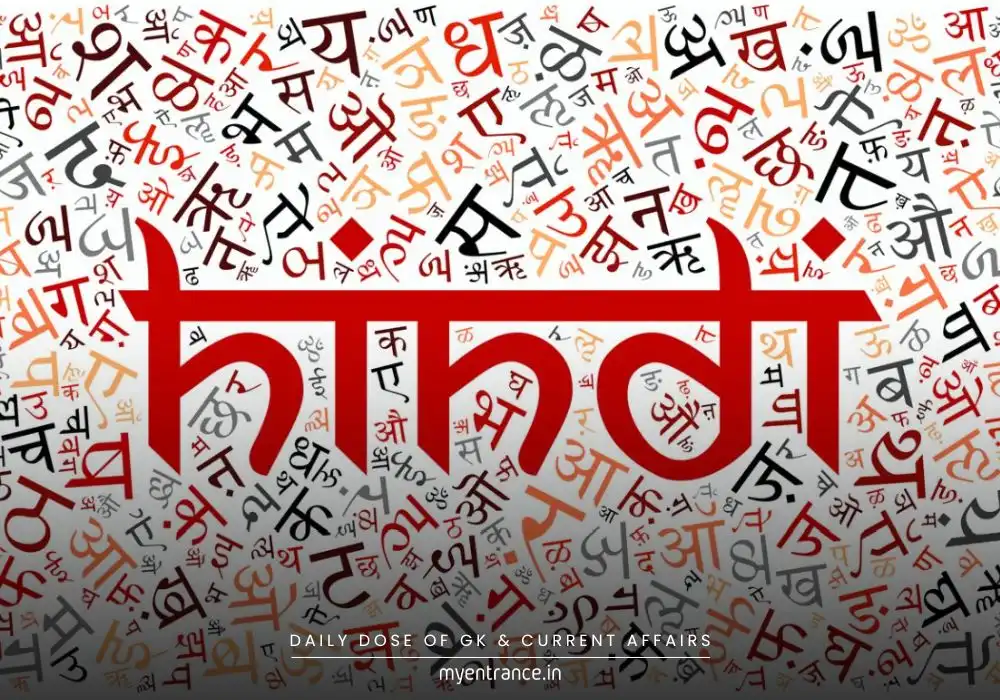
Hindi’s Silent Footprint in the South: A Story Beyond Politics
Forget today’s fiery debates. Hindi’s presence in South India isn’t just about modern politics or alleged “imposition.” Its roots run deeper, shaped by visionaries and cultural currents long before independence.
The real catalyst was Mahatma Gandhi. In 1918, he founded the Dakshin Bharat Hindi Prachar Sabha (DBHPS) in Madras (Chennai). His goal wasn’t dominance, but unity. Hindi was envisioned as a “link language” – a tool to connect diverse Indians during the freedom struggle. As Prof. J Atmaram notes, “Learning Hindi was one way of feeling that one is participating in the Indian national freedom movement.”
The Sabha worked quietly but effectively:
It held its first basic Hindi exam in 1922.
By 1931, it was conducting undergraduate-level Hindi tests (Rashtrabhasha Visharad).
Regional centers flourished in Hyderabad, Vijayawada, Kochi, and Gulbarga.
Andhra Pradesh emerged as a crucial bridge, warmly embracing Hindi learning. Kerala and Karnataka also saw steady growth. As Prof. Atmaram highlights, Kochi’s DBHPS branch has been active since the 1930s – a quiet testament to acceptance.
Mass media turbocharged this organic spread:
Radio: Stations in Madras and Trichy broadcast Hindi programs alongside regional languages post-independence.
Television: Doordarshan’s 1975 SITE project (Satellite Instruction Television Experiment) focused on Karnataka and Andhra Pradesh. While instructional content offered language options, popular entertainment and news were primarily in Hindi, reaching countless homes.
Print Culture: Hindi magazines like those from the Dakshinanchal Hindi Samiti translated Bhakti literature and southern works, fostering exchange and giving Hindi writing a significant push.
The Three-Language Formula (1968) further shaped Hindi’s role in education. While Tamil Nadu famously stuck to Tamil and English (rejecting mandatory Hindi), other southern states adopted Hindi as the third language in government schools. This policy, not top-down coercion, became a key channel for learning.
Constitutional Context:
Article 351 directs the Union to promote Hindi’s spread as a medium for India’s “composite culture,” but crucially without interfering with other languages’ “genius, forms, style, and expressions.”
No “National Language”: The Constitution does not declare Hindi (or any language) as India’s sole national language. Hindi is an official language (alongside English), not a national one.
Linguistic Reality: The 2011 Census shows Hindi as the mother tongue for 43.6% (52.8 crore) and known by over 55% of Indians (including second-language speakers). Bengali, the next most common mother tongue, is spoken by 8%.
This history reveals a complex picture: Hindi’s presence in the South grew through voluntary association, cultural exchange, media integration, and educational policy – a far cry from the simplistic “imposition vs. resistance” narrative dominating headlines. It’s a story of India’s linguistic tapestry woven with threads of pragmatism and shared identity.
Q&A for Exam Prep (UPSC, SSC, PSC, KAS):
Q: Who founded the Dakshin Bharat Hindi Prachar Sabha and what was its primary objective?
A: Mahatma Gandhi founded the Sabha in Madras (1918). Its primary objective was to teach Hindi as a voluntary “link language” to foster unity during the Indian freedom movement, particularly among non-Hindi speakers in South India.
Q: According to Article 351 of the Indian Constitution, what is the duty of the Union regarding Hindi? What crucial limitation does it impose?
A: Article 351 directs the Union to promote the spread of Hindi to serve as a medium for India’s composite culture. The crucial limitation is that this promotion must happen “without interfering” with the genius, forms, style, and expressions of Hindustani or other Eighth Schedule languages.
Q: How did the SITE project contribute to Hindi’s spread in South India?
A: Doordarshan’s Satellite Instruction Television Experiment (SITE), launched in 1975 and focused on Karnataka and Andhra Pradesh, broadcast mass media programming (news, entertainment) primarily in Hindi. While instructional content had regional language options, this widespread exposure significantly increased Hindi’s reach in southern households.
Q: Which southern state consistently rejected the mandatory Hindi component of the Three-Language Formula in its government schools? What policy did it follow instead?
A: Tamil Nadu consistently rejected the mandatory Hindi component. It followed a strict Two-Language Formula in government and aided schools, focusing only on Tamil and English.
Q: What does the 2011 Census data reveal about Hindi’s linguistic position in India?
A: The 2011 Census shows Hindi as the mother tongue of 43.6% of the population (52.8 crore people). Including second-language speakers, Hindi is known by over 55% of Indians. It is the most widely spoken language, but importantly, the Constitution does not designate it as the sole “National Language.”
Get 3 Months Free Access for SSC, PSC, NIFT & NID
Boost your exam prep!
Use offer code WELCOME28 to get 3 months free subscription. Start preparing today!
